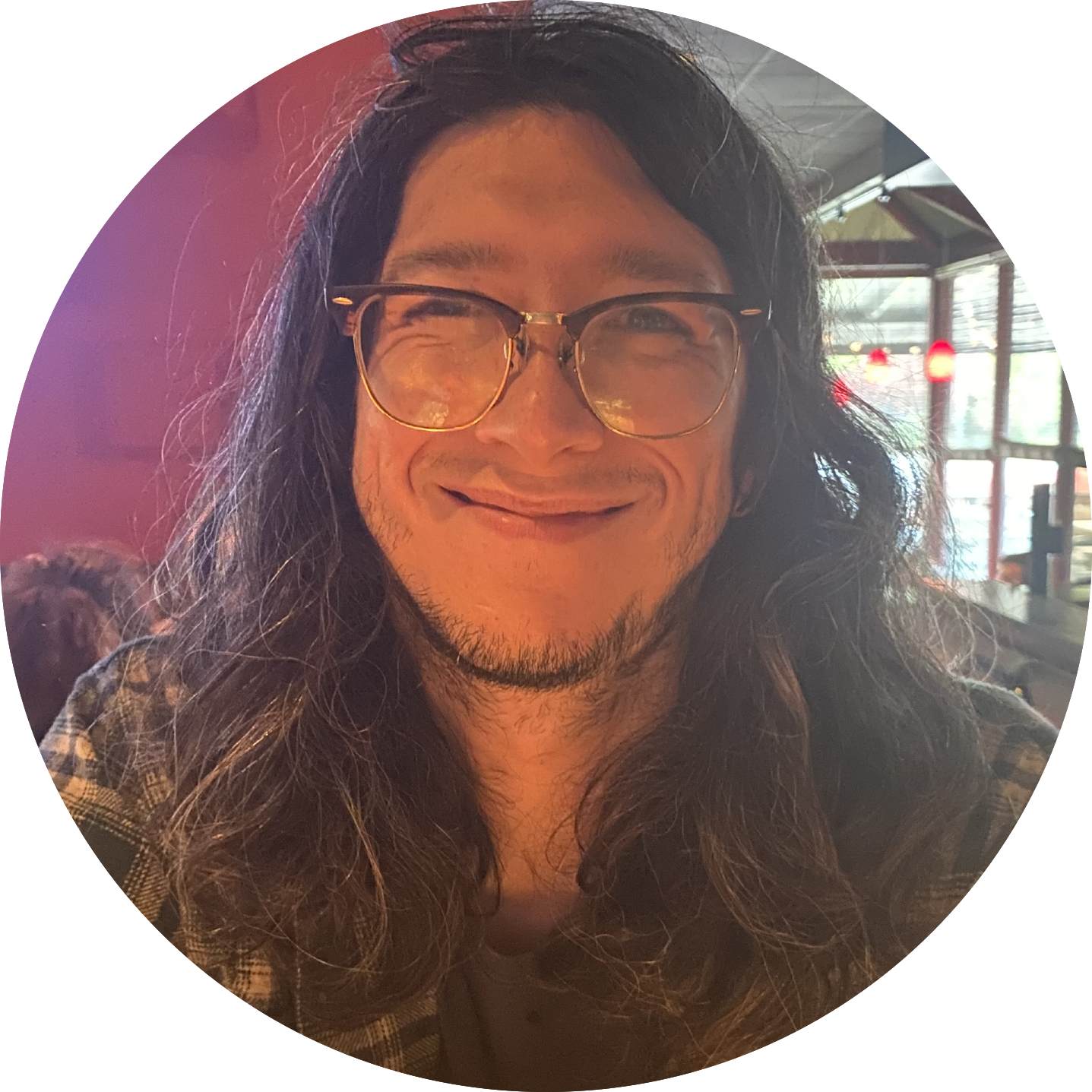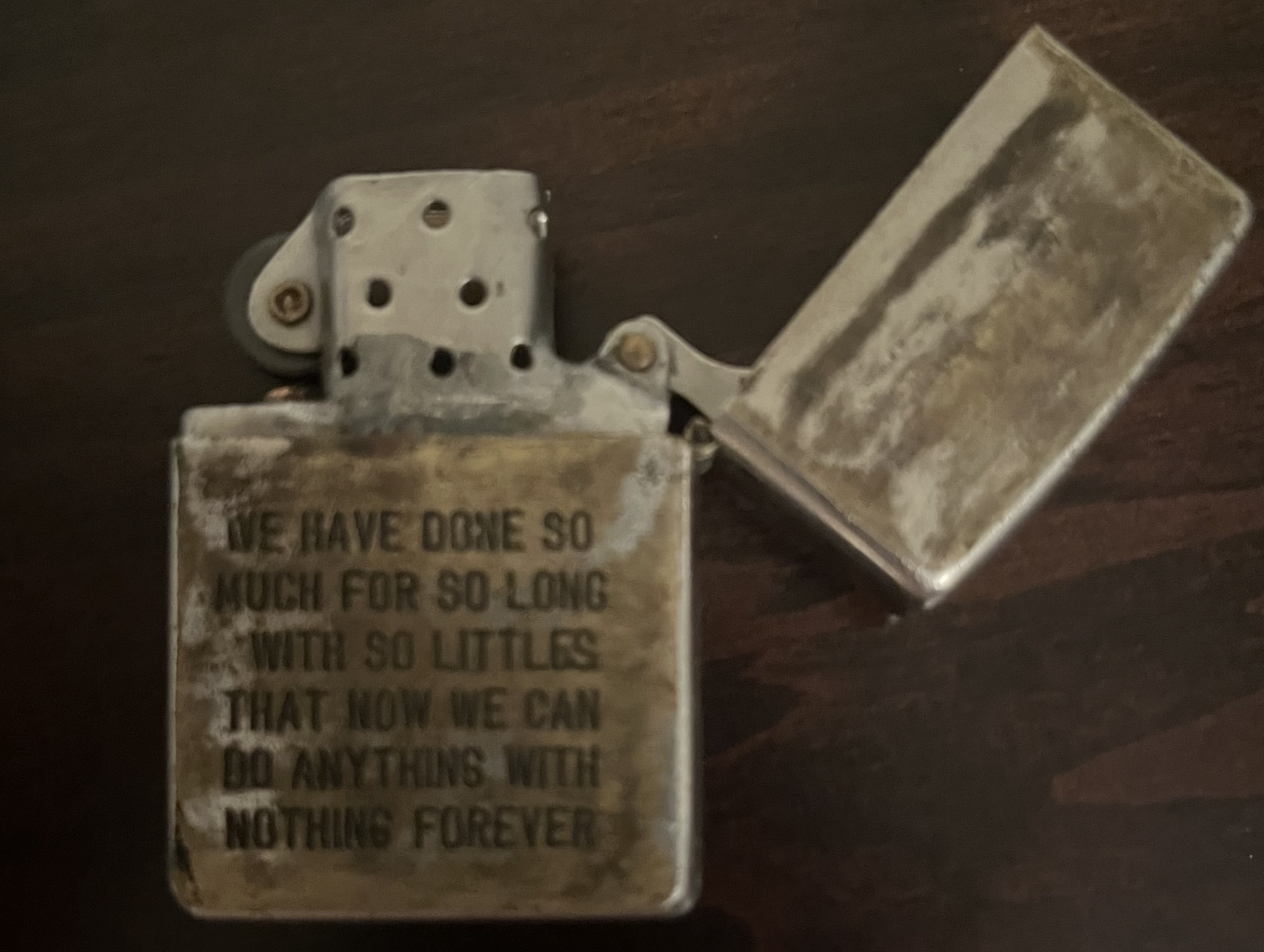Vincent Rivard,
Social Science Teacher
After studying in Montréal, Mr. Rivard moved to a small community near Victoria, British Columbia, to teach social studies at a French-language school. The school has two separate buildings and 550 students from kindergarten to Grade 12. He has been teaching there at the high school level for ten years. Very few of the students have parents who were born and raised where the school is located; most come from outside the province. The school is near a large military base, so many students have at least one parent serving in the Canadian army. Many of them stay for just a few years before moving elsewhere at the end of their posting. Most students are French speaking but also fluent in English. Some come from the suburbs, far from the city of Victoria, which means a long bus ride to school.

École Secondaire Victor- Brodeur Conseil Scolaire Francophone Esquimalt, British Columbia

Teaching & Learning
Mr. Rivard’s instructional approaches and didactic choices are strongly influenced by his identity and the lived realities of his students. He explains that for each group, he enquires about his students’ interests and characteristics to develop a connection between his subject and their identities. In addition, teaching in French at a French-language school in an English-speaking city and English-dominant setting has a considerable influence on the content of his course and his experiences as a teacher. He explains that “my students often come from all over the place, so they’re not necessarily aware of why there are French-language schools in Western Canada. That’s important. So, I also try to bring in elements of why there are schools, about the history of the rights of Francophones to access schools in the rest of Canada.” Mr. Rivard considers it a privilege for his students to be able to attend a French-language school, and he believes it is the duty of every student to uphold certain values and preserve the language, especially when these schools are in a minority setting.
Mr. Rivard admits that he teaches what he finds interesting: “To a certain extent, we also teach about values and our passions a lot.” For example, his passion for music allows Mr. Rivard to make connections between music and the content of the curriculum. As he notes, “at the start of each class, I’ll introduce a piece that often relates to what we’re seeing or have seen with the period or content.” Mr. Rivard finds that the key to being a fulfilled teacher is to work from our own interests: “it’s starting with what you know, then what you’re already interested in. Like starting with yourself, then gradually expanding what you know, what you present to the circumstances and then what’s here.” As he explains it, this allows students to “gravitate towards us.”

Curriculum & Resources
Mr. Rivard uses a variety of artifacts as teaching aids in his classroom. One such artifact is a lighter from Vietnam during the Cold War. The inscription reads, “We have done so much for so long with so little that now we can do anything with nothing forever.” While the lighter is a perfect fit for his 20th-century courses, Mr. Rivard feels that its inscription “fits in well with the realities and challenges we face in the classroom. We have virtually no materials and we get by as best we can.” Although the curriculum is relatively new (2016-2017), program-related materials, as he puts it, come “sort of in dribs and drabs; every year we usually have workshops, but that’s about it.” Like many history teachers, what he teaches in his classroom is inspired by his own research here and there. He prefers to teach what he learns about the place where he is teaching and living: “there’s a lot of local history that’s fairly unknown but still worth learning about.” For example, “there was a time called The Vancouver Island War, which was just the period of the really intense coal mine [strikes] that lasted for several weeks; you hardly ever hear about it, but it’s a really interesting piece.” He believes that the secret to good teaching lies in building on the curriculum, tailoring it and exploring places related to the school and the local setting.
Co-created by Vincent Rivard and Melissa Daoust
